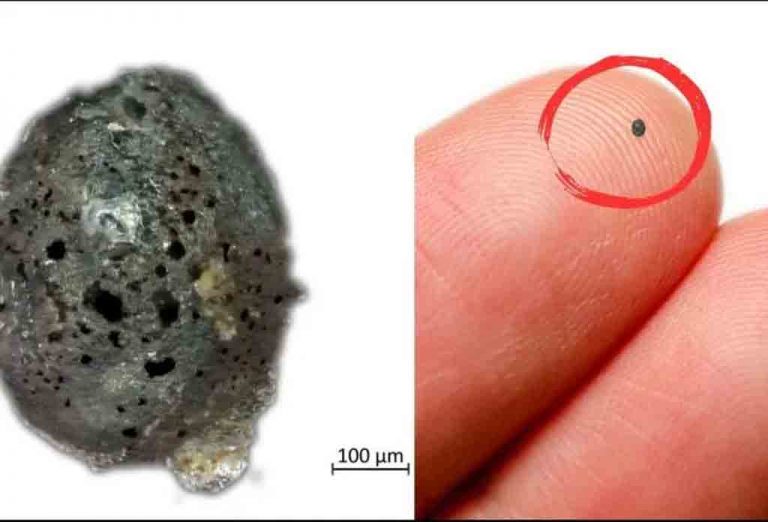In a note issued jointly with the Universities of Bari and Florence, published on Monday on the website of the newspaper La Repubblica and other local news media, it is noted that this is the second meteoroid found on Earth, with a quasicrystal of natural origin and the third with the alloy of copper and aluminum.
The document refers that this composition was checked as a result of a study by Giovanna Agrosí, professor of Mineralogy at the University of Bari, which was described in the last issue of the international specialized magazine Communications Earth & Environment.
This discovery was an example of the so-called Citizen Science, since it was a collector who found the small meteorite in that mountainous Calabrian area, attracted by its unusual metallic luster, and took it to the Department of Earth and Geoenvironmental Sciences.
The Head of such Department, Giuseppe Mastronuzzi, declared that “the discovery is important not only for mineralogical and planetary sciences, but also for solid-state physics and chemistry”.
This research “proves once again that quasicrystals can form spontaneously in nature and, above all, remain stable over geological times,” the scientist added.
“The development of Planetary Sciences in southern Italy is a point we have always believed in and this discovery proves how the contribution of geological and mineralogical studies is critical for the progress of knowledge about our Solar System, Agrosi stressed.
Paola Manzari, member of the Research Coordination Unit (UCR) at the ASI Space Center, said that “the results of this research show that there is an as yet unknown universe of mineralogical phases at the nanoscale, in materials of extraterrestrial origin, which still surprises us”.
pll/ro/ort









